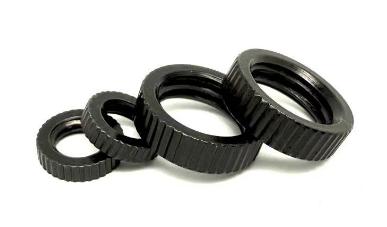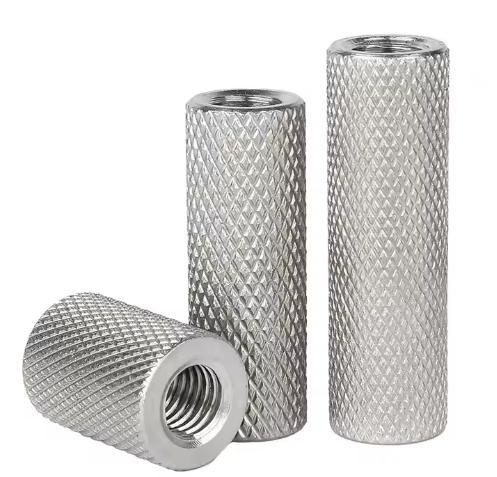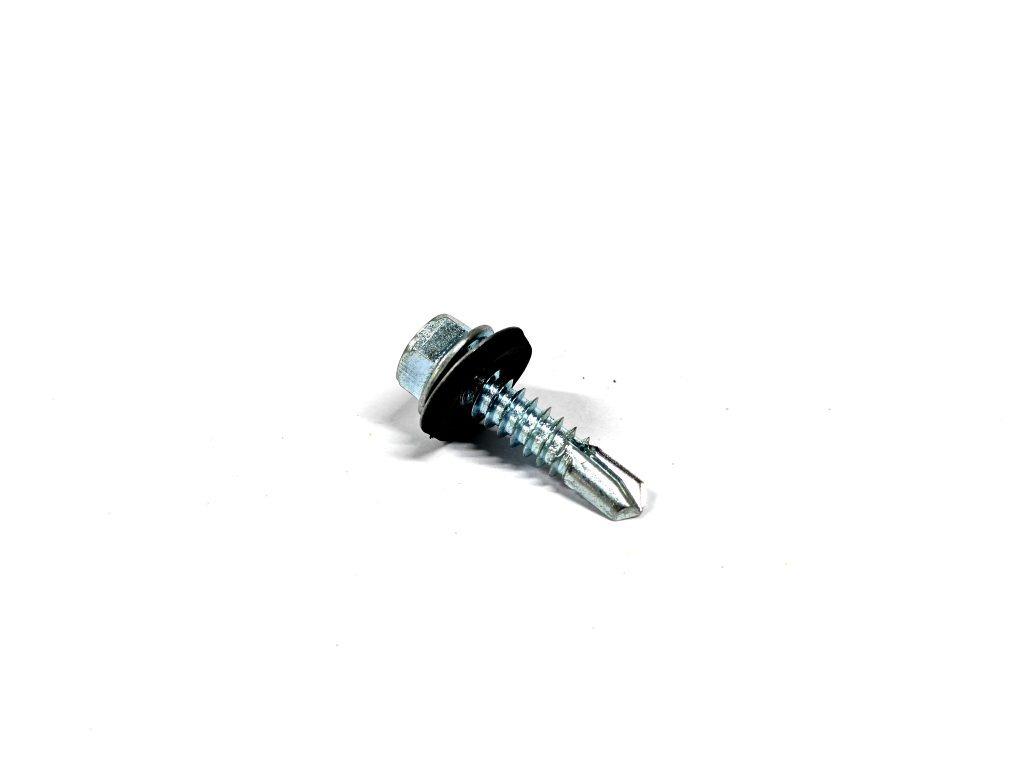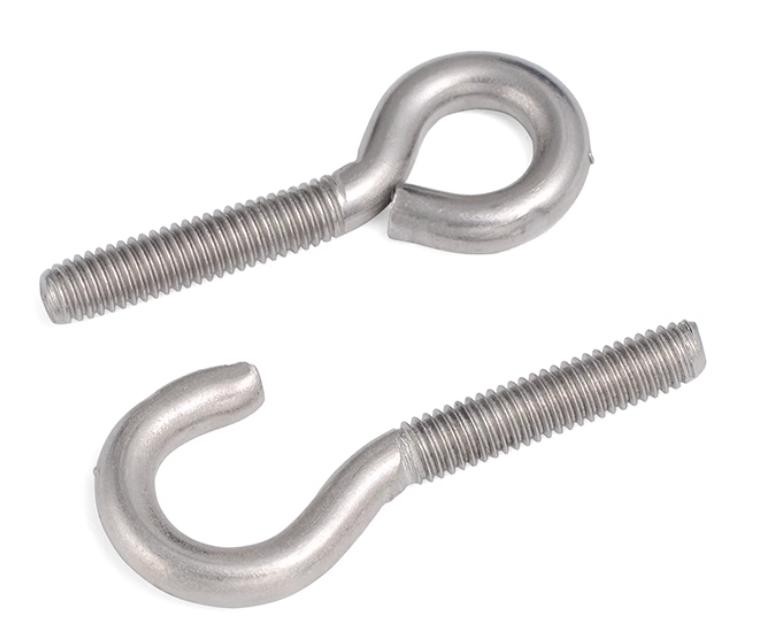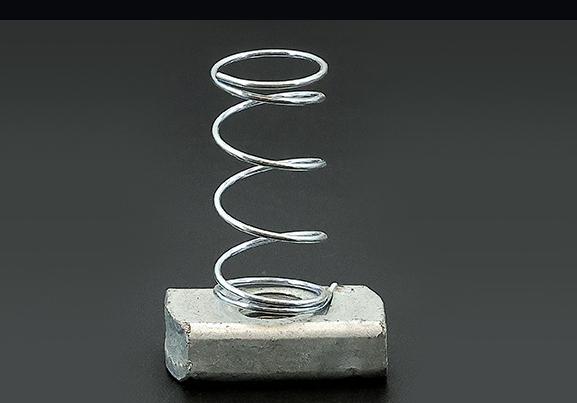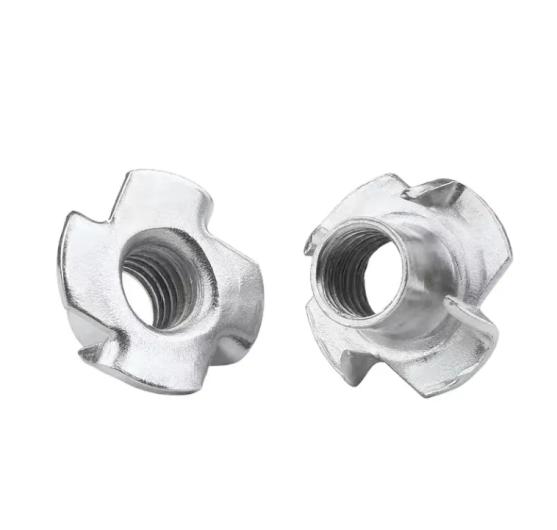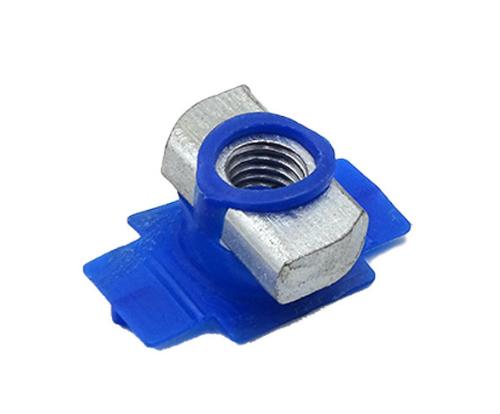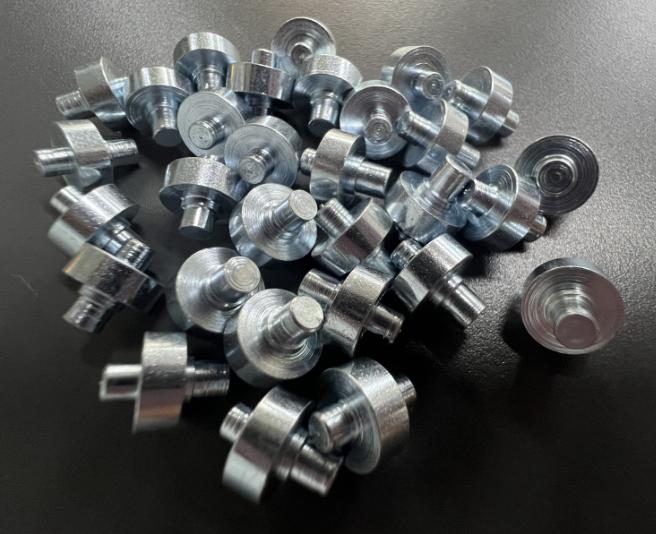What are 4 Main Kinds of Fasteners and How to Choose the Right One
Fasteners are a diverse group of hardware devices used to join two or more objects together. They are essential for a wide range of applications, from building construction to manufacturing to automotive repair. There are many different types of fasteners available, each with its own unique advantages and disadvantages. Choosing the right fastener for the job is important to ensure a secure and durable joint.
Now, let’s delve into the 4 main kinds of fasteners, exploring their variants and common applications.
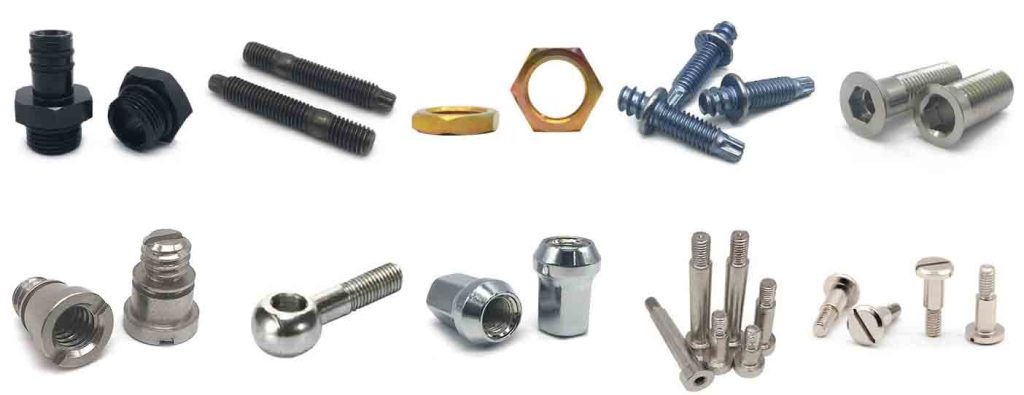
Understanding 4 Main Kinds of Fasteners
1. Screws
Screws are one of the most common types of fasteners. They are typically made of metal and have a helical groove that allows them to be driven into a material using a screwdriver. Screws can be either threaded or self-tapping. Threaded screws require a pre-drilled hole, while self-tapping screws can be driven directly into a material without the need for a pilot hole.
Types of screws
- Wood screws: Wood screws are designed to be used with wood. They have a tapered shank that helps them to bite into the wood and create a strong joint.
- Machine screws: Machine screws are designed to be used with metal and plastic. They have a straight shank and require a pre-drilled hole.
- Sheet metal screws: Sheet metal screws are designed to be used with thin metal sheets. They have a sharp point that helps them to pierce the metal and create a strong joint.
- Self-drilling screws: Self-drilling screws have a pointed tip that allows them to be driven directly into metal or plastic without the need for a pilot hole.
- Set screws: Set screws are used to secure shafts, gears, and other rotating components. They have a blunt tip that digs into the material being fastened to prevent it from slipping.
Application of Screws
- Wood screws: Wood screws are commonly used in woodworking applications, such as building furniture and decks.
- Machine screws: Machine screws are commonly used in electronics and manufacturing applications.
- Sheet metal screws: Sheet metal screws are commonly used in metalworking applications, such as roofing and siding.
- Self-drilling screws: Self-drilling screws are commonly used in metalworking and construction applications.
- Set screws: Set screws are commonly used in machinery and automotive applications.
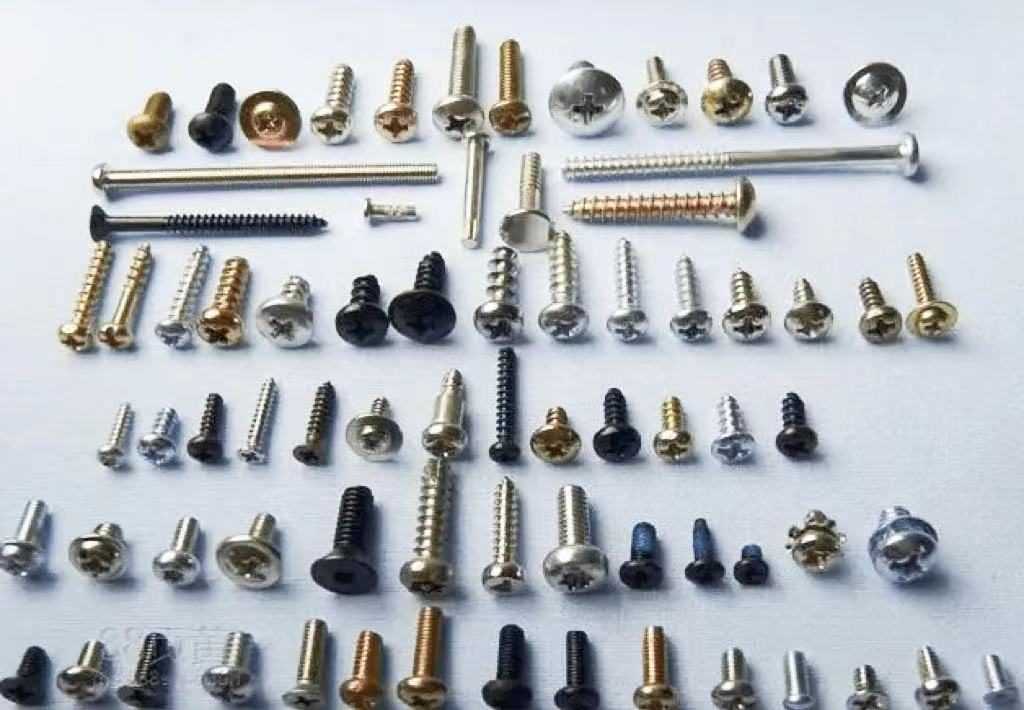
2. Bolts
Bolts are another common type of fastener. They are typically made of metal and have a head on one end and a threaded shank on the other end. Bolts are used in conjunction with nuts to create a secure joint.
Types of bolts
- Hex bolts: Hex bolts are the most common type of bolt. They have a hexagonal head that can be tightened or loosened with a wrench or socket.
- Carriage bolts: Carriage bolts have a square head and a domed neck. They are commonly used in wood framing applications.
- Lag bolts: Lag bolts are large, heavy-duty bolts that are used to secure heavy objects, such as beams and posts. They have a large hexagonal head and a long threaded shank.
- Eyebolts: Eyebolts have a ring on one end and a threaded shank on the other end. They are commonly used for lifting and rigging applications.
- U-bolts: U-bolts are shaped like a U and have a threaded shank on each end. They are commonly used to secure pipes, hoses, and other cylindrical objects.
Applcation of Bolts
- Hex bolts: Hex bolts are commonly used in construction and manufacturing applications.
- Carriage bolts: Carriage bolts are commonly used in wood framing applications.
- Lag bolts: Lag bolts are commonly used to secure heavy objects, such as beams and posts.
- Eyebolts: Eyebolts are commonly used for lifting and rigging applications.
- U-bolts: U-bolts are commonly used to secure pipes, hoses, and other cylindrical objects.
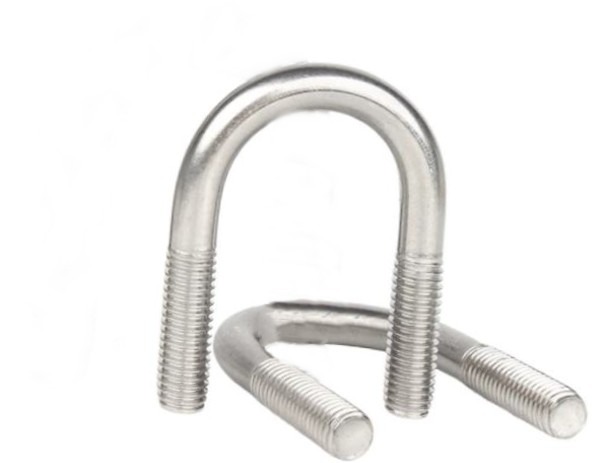
3. Nuts
Nuts are used in conjunction with bolts to create a secure joint. They are typically made of metal and have a threaded hole that matches the threads on the bolt. Nuts can be tightened or loosened with a wrench or socket.
Types of nuts
- Hex nuts: Hex nuts are the most common type of nut. They have a hexagonal shape and can be tightened or loosened with a wrench or socket.
- Square nuts: Square nuts have a square shape and can be tightened or loosened with a wrench or socket.
- Flange nuts: Flange nuts have a wider flange that helps to distribute the load of the bolt over a larger area.
- Wing nuts: Wing nuts have two wings that can be tightened or loosened by hand.
- Locknuts: Locknuts have a feature that prevents them from loosening due to vibration or movement.
- Hex nuts: Hex nuts are commonly used in conjunction with hex bolts to create a secure joint.
- Square nuts: Square nuts are commonly used in conjunction with square bolts to create a secure joint.
- Flange nuts: Flange nuts are commonly used to distribute the load of a bolt over a larger area.
- Wing nuts: Wing nuts are commonly used for applications where frequent removal and installation is required.
- Locknuts: Locknuts are commonly used to prevent nuts from loosening due to vibration or movement.
Application of Nuts
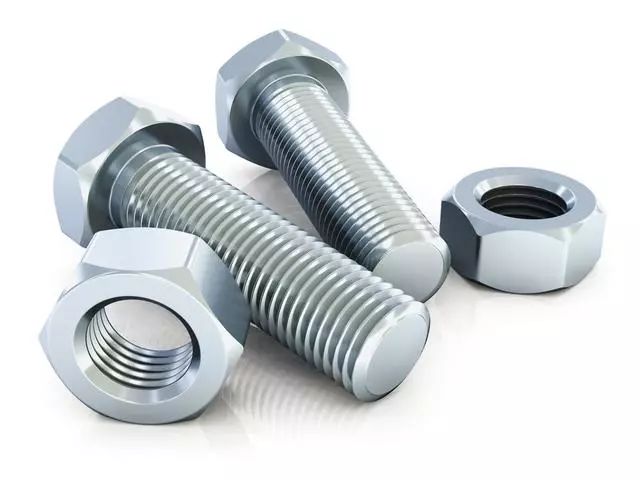
4. Washers
Washers are thin, flat discs that are used in conjunction with bolts and nuts to create a secure joint. They help to distribute the load of the bolt over a larger area and prevent damage to the surface being fastened.
Types of washers
- Flat washers: Flat washers are the most common type of washer. They are simply a thin, flat disc that helps to distribute the load of the bolt over a larger area.
- Lock washers: Lock washers have a feature that prevents them from loosening due to vibration or movement.
- Fender washers: Fender washers are large, flat washers that are used to distribute the load of the bolt over a larger area and prevent damage to the surface being fastened.
- Split washers: Split washers are washers that are split down the middle. They are used to prevent nuts from loosening due to vibration or movement.
- Bevel washers: Bevel washers are washers that have a tapered edge. They are used to compensate for misalignment between two surfaces being fastened.
Application of Washers
- Flat washers: Flat washers are commonly used to distribute the load of a bolt or nut over a larger area and prevent damage to the surface being fastened.
- Lock washers: Lock washers are commonly used to prevent nuts from loosening due to vibration or movement.
- Fender washers: Fender washers are commonly used to distribute the load of a bolt or nut over a larger area and prevent damage to the surface being fastened, especially in applications where there is a lot of vibration.
- Split washers: Split washers are commonly used to prevent nuts from loosening due to vibration or movement.
- Bevel washers: Bevel washers are commonly used to compensate for misalignment between two surfaces being fastened.
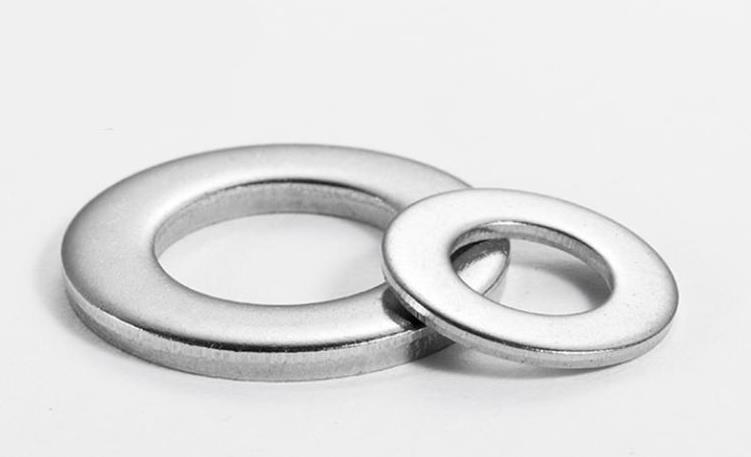
How to Choose the Right Fastener for the Job
When choosing a fastener, there are a number of factors to consider, including:
- The materials being joined: The type of fastener you choose should be compatible with the materials you are joining. For example, you wouldn’t want to use a steel screw to join two pieces of aluminum, as the aluminum would quickly corrode.
- The required strength of the joint: The fastener you choose must be strong enough to support the load that will be placed on the joint. For example, if you are building a deck, you will need to use heavier-duty fasteners than if you are simply hanging a picture frame on the wall.
- The desired appearance of the finished product: Some fasteners are more visible than others. If you are concerned about the appearance of the finished product, you may want to choose a fastener that is less visible or that is available in a decorative finish.
Conclusion
Choosing the right fastener for the job is important to ensure a secure and durable joint. Consider the materials being joined, the required strength of the joint, and the desired appearance of the finished product when choosing a fastener.

